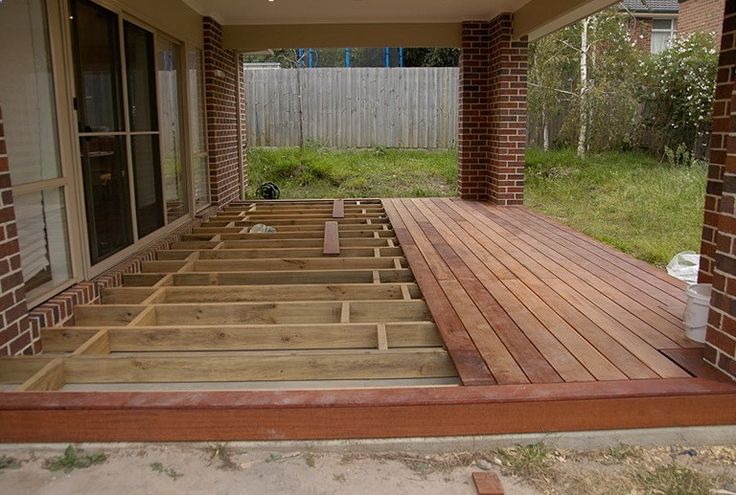

- #Floating foundation post failure under deck how to
- #Floating foundation post failure under deck code
It resists warping, checking, and cupping and is strong for its light weight. Redwood is especially good for do-it-yourselfers because it is easy to saw and nail and has little or no pitch. It is decay resistant, dimensionally stable, and straight. Redwood is perhaps the most attractive and best wood to use, especially in exposed areas such as the decking and railing. These woods are often pressure treated, and include redwood, cedar, cypress. They can be used in many areas of deck construction, including the following attachments: WoodĪll wood used on the deck must be decay resistant. These simplify your project, while adding strength and quality to your construction, and are highly recommended.

In recent years many types of galvanized metal fasteners have become common in deck construction. Aluminum and stainless steel nails also will not rust, but HDG, more commonly used, is less expensive.Īvoid electroplated galvanized (EG), since galvanized plating will often chip. These galvanized fasteners will not rust.

When choosing nails, bolts, screws and metal fasteners, use only hot dipped galvanized fasteners. All materials must be chosen according to how well they resist decay and rust Fasteners. When the deck boards are installed it will be even more solid.Your choice of decking and fastener materials is very important. There is virtually zero movement of the deck which is about 16’x27′. The framing inspection passed, the deck boards are going down and the cross bracing is installed. “Does it wiggle?” Handyguy Brian’s freestanding deck is still under construction. Most jurisdictions it is allowed but you should check first.
#Floating foundation post failure under deck code
When building any deck, you should check with your code enforcement officials to determine if a freestanding deck is allowed. In Handyguy Brian’s case, four additional footers and posts were needed and one additional beam. When attaching to the house you will need the ledger board, joist hangers and flashing materials. A freestanding deck will require additional footings, an additional beam and additional bracing. The cost of building a freestanding deck may be a wash, or only slightly more expensive. Sometimes its not possible to gain access to this area due to a finished basement or tight crawl space. Some codes may require the ledger to be bolted through the house’s rim joist. When building freestanding, you are not relying on hardware to hold up one end of the deck. The hardware can fail in just a few years. Some types of fasteners, nails, lags, bolts, hardware, hangars, etc will react poorly with some types of pressure treated lumber. Deck Fasteners When Building a Freestanding Deck Sometimes, you just want you deck somewhere away from your house, such as next to an above ground pool or spa. Deck ledger boards shouldn’t be attached to some types of building materials like stucco, SIPs, i-joists or veneers without special considerations. This includes bay windows, bump-outs, fireplace or chimney chases. You shouldn’t attach a ledger board to a section of house that is not supported by foundation (called a cantilever). This board needs to be flashed properly to prevent water from entering the house House structureĪ ledger board can’t be attached to some types of house construction. When building a deck attached to your house, a board, called a ledger board, is attached to the the house to hold up one side of the deck. Building a freestanding deck eliminates this potential problem connection. The most common point of failure of a deck is the connection to your house. In the podcast, we discuss a few points to consider when deciding to build freestanding or not. There are several advantages to building a deck freestanding, not attached to your house, and few disadvantages. Free-standing was chosen here due to only a small area next to the deck with no cantilever.
#Floating foundation post failure under deck how to
How to Build Freestanding Decks A freestanding deck will have an additional beam near the house and no ledger board. On this audio podcast, the Handyguys discuss Brian’s free-standing deck and Paul’s vole problems.


 0 kommentar(er)
0 kommentar(er)
